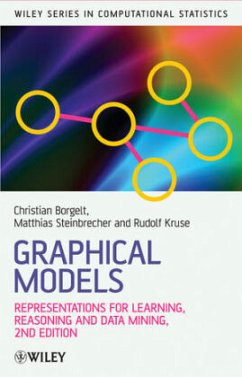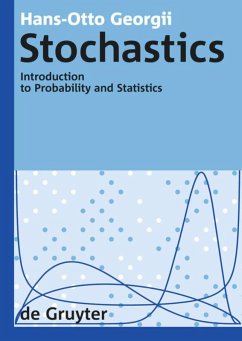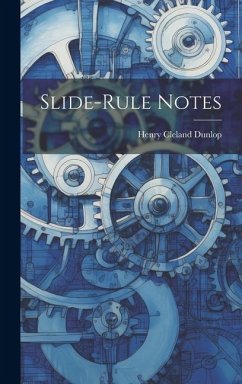
Bayesian Estimation
Versandkostenfrei!
Versandfertig in 2-4 Wochen
128,99 €
inkl. MwSt.
Weitere Ausgaben:

PAYBACK Punkte
64 °P sammeln!
This book presents a practical approach to estimation methods that are designed to provide a clear path to programming all algorithms. Readers are provided with a firm understanding of Bayesian estimation methods and their interrelatedness. Starting with fundamental principles of Bayesian theory, the book shows how each tracking filter is derived from a slight modification to a previous filter. Such a development gives readers a broader understanding of the hierarchy of Bayesian estimation and tracking. Following the discussions about each tracking filter, the filter is put into block diagram form for ease in future recall and reference. The book presents a completely unified approach to Bayesian estimation and tracking, and this is accomplished by showing that the current posterior density for a state vector can be linked to its previous posterior density through the use of Bayes' Law and the Chapman-Kolmogorov integral. Predictive point estimates are then shown to be density-weighted integrals of nonlinear functions. The book also presents a methodology that makes implementation of the estimation methods simple (or, rather, simpler than they have been in the past). Each algorithm is accompanied by a block diagram that illustrates how all parts of the tracking filter are linked in a never-ending chain, from initialization to the loss of track. These filter block diagrams provide a ready picture for implementing the algorithms into programmable code. In addition, four completely worked out case studies give readers examples of implementation, from simulation models that generate noisy observations to worked-out applications for all tracking algorithms. This book also presents the development and application of track performance metrics, including how to generate error ellipses when implementing in real-world applications, how to calculate RMS errors in simulation environments, and how to calculate Cramer-Rao lower bounds for the RMS errors. These are also illustrated in the case study presentations.
A practical approach to estimating and tracking dynamic systems in real-worl applications
Much of the literature on performing estimation for non-Gaussian systems is short on practical methodology, while Gaussian methods often lack a cohesive derivation. Bayesian Estimation and Tracking addresses the gap in the field on both accounts, providing readers with a comprehensive overview of methods for estimating both linear and nonlinear dynamic systems driven by Gaussian and non-Gaussian noices.
Featuring a unified approach to Bayesian estimation and tracking, the book emphasizes the derivation of all tracking algorithms within a Bayesian framework and describes effective numerical methods for evaluating density-weighted integrals, including linear and nonlinear Kalman filters for Gaussian-weighted integrals and particle filters for non-Gaussian cases. The author first emphasizes detailed derivations from first principles of eeach estimation method and goes on to use illustrative and detailed step-by-step instructions for each method that makes coding of the tracking filter simple and easy to understand.
Case studies are employed to showcase applications of the discussed topics. In addition, the book supplies block diagrams for each algorithm, allowing readers to develop their own MATLAB(r) toolbox of estimation methods.
Bayesian Estimation and Tracking is an excellent book for courses on estimation and tracking methods at the graduate level. The book also serves as a valuable reference for research scientists, mathematicians, and engineers seeking a deeper understanding of the topics.
Much of the literature on performing estimation for non-Gaussian systems is short on practical methodology, while Gaussian methods often lack a cohesive derivation. Bayesian Estimation and Tracking addresses the gap in the field on both accounts, providing readers with a comprehensive overview of methods for estimating both linear and nonlinear dynamic systems driven by Gaussian and non-Gaussian noices.
Featuring a unified approach to Bayesian estimation and tracking, the book emphasizes the derivation of all tracking algorithms within a Bayesian framework and describes effective numerical methods for evaluating density-weighted integrals, including linear and nonlinear Kalman filters for Gaussian-weighted integrals and particle filters for non-Gaussian cases. The author first emphasizes detailed derivations from first principles of eeach estimation method and goes on to use illustrative and detailed step-by-step instructions for each method that makes coding of the tracking filter simple and easy to understand.
Case studies are employed to showcase applications of the discussed topics. In addition, the book supplies block diagrams for each algorithm, allowing readers to develop their own MATLAB(r) toolbox of estimation methods.
Bayesian Estimation and Tracking is an excellent book for courses on estimation and tracking methods at the graduate level. The book also serves as a valuable reference for research scientists, mathematicians, and engineers seeking a deeper understanding of the topics.













